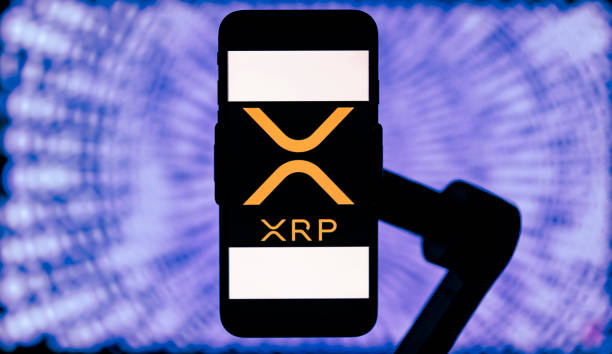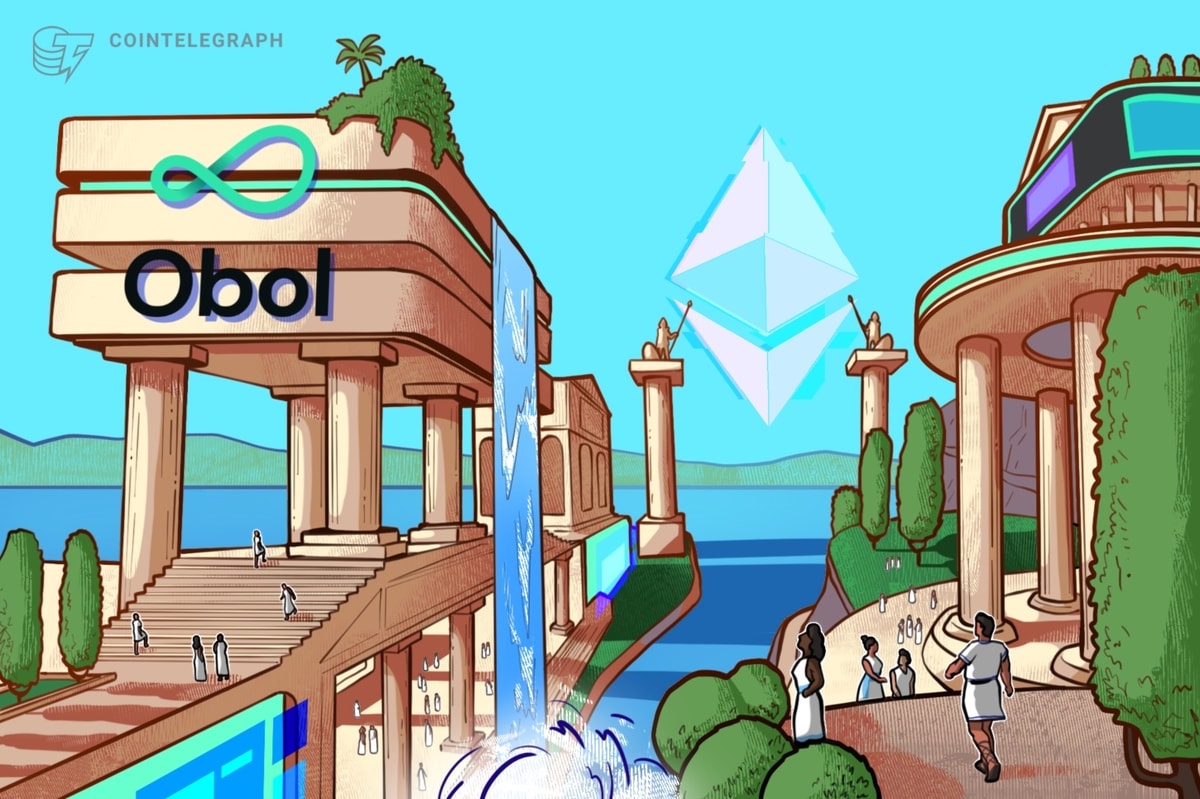The market value of the blockchain-based Web3, which offers decentralized management, advanced privacy and user control, was $1.86 billion in 2019 and is expected to reach $15.9 billion by 2031.
The data indicates that approximately 73 million gamers prefer Web3-based games, and almost 50% of all financial applications include Web3 technology.
Despite its potential for expansion, the Web3 space faces issues of accessibility and ease of use. Since users cannot interpret raw blockchain data directly, they must rely on various data tools, which introduces fragmentation problems. Moreover, users seeking comprehensive blockchain data regarding the source, transaction history and ownership may encounter different data when browsing different platforms.
The Web3 ecosystem, supported by thousands of different tokens, also needs forensic analysis to identify suspicious transactions. In fact, these analyses should go beyond the tokens focus and cover decentralized finance (DeFi) in general.
bitsCrunch is a community-driven AI-enhanced decentralized data analytics and forensics protocol that actively addresses all these issues. The platform, which also serves as an intelligence hub, compiles data in areas such as NFT, DeFi and GameFi (a model that allows players to earn real-world financial rewards through gameplay).
At the heart of bitsCrunch is a decentralized community-driven data platform where developers can contribute algorithms, enhancing reliability. The platform offers precise statistics, valuations, and fraud detection, enabling users to make informed choices. It also offers insights into fake trading patterns.
Easing user participation with a delegation mechanism
bitsCrunch, which introduced its native token BCUT after moving to the mainnet phase, aims to enhance interaction by giving its users various roles such as node operator, delegator and indicator.

bitsCrunch is an AI-powered decentralized NFT data platform that provides robust analytics and forensic information. Source: bitsCrunch
The platform encourages those unfamiliar with the NFT industry to engage by highlighting a delegation model where users delegate authority to expert participants.
Although the node system is used to ensure the network’s decentralization and security, participants transferring BCUT tokens do not need to run nodes. A node is a basic unit within a network that can perform tasks such as sending, receiving and transmitting information over a communication channel. With the delegation mechanism, users can contribute to the network’s decentralization without facing any extra difficulties.

Delegators help secure the network without having to operate a node themselves. Source: bitsCrunch
To celebrate the enhanced scalability of the bitsCrunch network through the delegation mechanism and to express gratitude to its community, the platform has announced that it will double the reward incentives for May and June.
How to delegate
Users must ensure that their BCUT assets are included in the Polygon PoS chain before transferring their tokens to the BitsCrunch network.
Before transferring their tokens to the bitsCrunch network, users must ensure that their BCUT assets are on the Polygon PoS chain.
Users holding BCUT tokens on the Ethereum network must first bridge them to the Polygon PoS chain, where bitsCrunch’s utilities are active.
To ensure a secure transfer, users can visit the official Polygon Bridge portal, navigate to the bridging section, and initiate the token transfer process there.

If users do not find the BCUT token in the list, they must add it manually. Source: bitsCrunch
During the bridging process, users should first select the amount of BCUT they wish to transfer and set the target chain to Polygon PoS. Subsequently, they will be prompted to approve two transactions: one to allow the bridge access to their BCUT tokens and another to deposit them into the Polygon bridge contract.
The bridging process typically takes between 20 to 30 minutes, after which the tokens will appear in their Polygon chain wallet.
To protect their assets, users should use a compatible and secure wallet throughout the process. The wallet must support both the Ethereum and Polygon chains to prevent the potential loss of tokens.

Users can monitor the transfer status from the transaction history screen. Source: bitsCrunch
Once the tokens are correctly positioned within the Polygon network, users should access the bitsCrunch network interface. Here, they can connect their digital wallets holding the BCUT tokens.
Next, users need to select a node operator from the platform’s list, being mindful of the minimum and maximum delegation limits, which typically range from 10,000 to 3,000,000 BCUT.
Excited to share our latest staking guide video for @bitsCrunch!
— Luganodes (@luganodes) March 29, 2024
🔒 Secure the network
💡 Support innovation
💰 Earn rewards
Head over to the bitsCrunch staking dashboard and start staking now. 👇https://t.co/wqzZXZG3qg pic.twitter.com/2isuOixS6a
After choosing an operator, users navigate to the operator’s details page and click on the “Delegate” tab. They must then enter the amount of BCUT they wish to delegate and confirm the transaction through their wallet. During this process, multiple confirmations might be required —one for token allocation and another for the actual transfer.

Every user must ensure they have sufficient BCUT balance before approving the delegation. Source: bitsCrunch
Additionally, users need to hold a certain amount of Polygon (MATIC) tokens in their wallets to cover the network’s transaction fees. Once the transaction is confirmed and processed, the user’s balance will be updated to reflect the transferred tokens.
Through the bitsCrunch interface, users can directly monitor their authorization status and rewards. This delegation system not only enhances network security by distributing the responsibility of network maintenance but also allows delegators to earn a share of the operator’s query fees and rewards.
How to undelegate on bitsCrunch?
Users who want to change their investment strategy or reallocate resources can easily revoke their operator authority through the bitsCrunch interface. As the undelegate process has not been fully tested with other wallets, bitsCrunch recommends that participants use MetaMask at this point.

bitsCrunch recommends users use the Metamask wallet to undelegate. Source: bitsCrunch
Once connected, users should navigate to the operator section in the bitsCrunch network to access the undelegation tab. They must ensure that the cooldown remaining for undelegation is zero, indicating that the tokens are ready to be moved.

Users can retrieve as many delegated BCUT tokens as they need. Source: bitsCrunch
After entering the desired undelegation amount and confirming, users should follow the prompts in the Metamask transaction popup. Once the transaction is successful, the balance will update automatically.
Verdict: Enhancing the NFT ecosystem’s versatility
In addition to increasing user engagement, bitsCrunch continues to develop new tools. For starters, the platform has launched its historical price data API, catering to crypto enthusiasts and traders interested in Ethereum tokens.
bitsCrunch also announced the Unleash NFTs platform, which helps users make informed decisions about buying, selling or holding NFTs, distinguishing between real and fake trading volumes.
After introducing the delegation role, bitsCrunch added support for the Solana blockchain network, its fifth blockchain, which enhanced its ecosystem’s versatility and reach.
bitsCrunch is poised to expand beyond its current offerings with forward-thinking innovations tailored to the evolving needs of the digital asset market. These moves include innovations such as wallet profiling and tagging, which analyze user behavior and types and a CRM platform designed to optimize access based on wallet data. As innovations continue, users’ role in shaping the future of Web3 and NFT ecosystems will increase.
Disclaimer. Cointelegraph does not endorse any content or product on this page. While we aim at providing you with all important information that we could obtain in this sponsored article, readers should do their own research before taking any actions related to the company and carry full responsibility for their decisions, nor can this article be considered as investment advice.












